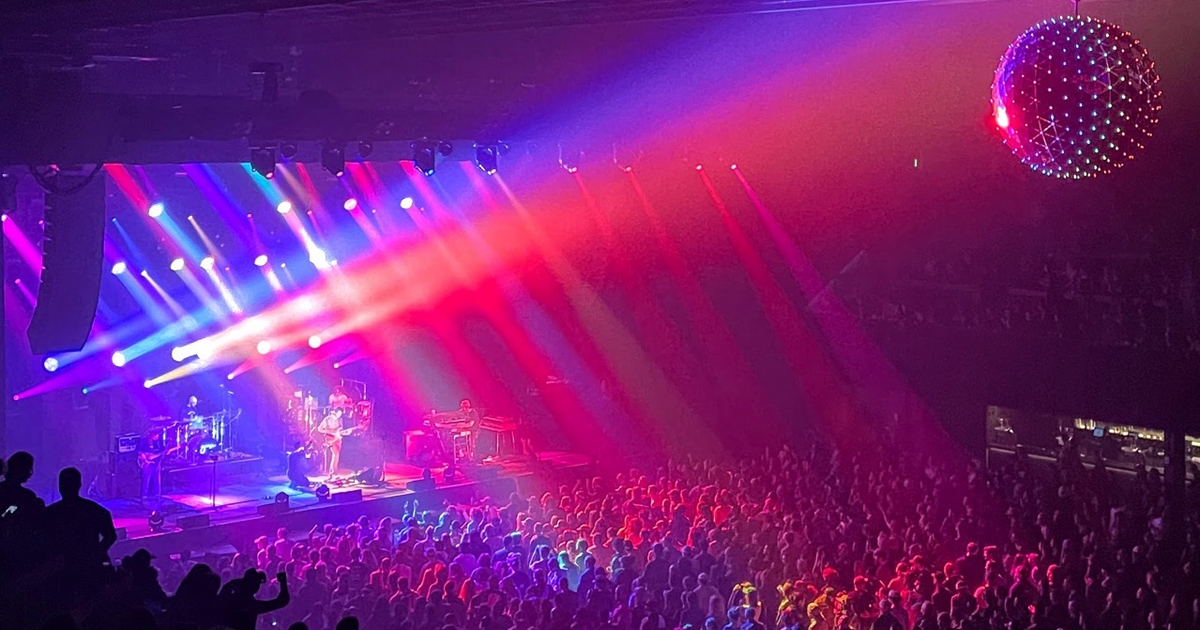Recent searches
Search options
#mil
Building a 3D Printed Phone Handset with Mil-Spec Style - In general, military gear is designed to be rugged and reliable. A side effect of ... - https://hackaday.com/2024/12/28/building-a-3d-printed-phone-handset-with-mil-spec-style/ #phonehacks #telephone #mil-spec #military #openscad #handset
"451 degrees of #disinfo" – that was the (Bradburian) title of this year's CEDMO conference, hosted in Prag last month.
The meeting was all about #factchecking, #MIL, and #AI regulation in the post-truth era.
One of the panels was hosted by our @jospang, who discussed "Media Literacy and Factchecking: Practitioners’ Insights" with Kati Bremme, Gyula Csák, Aleksandra Monkos, Dávid Púchovský, and Joyce Zablit.
Here's a full #video of the session: https://youtu.be/3tZzoqu8B6s?si=Xq8SHfK-TcVhcytg
Interesting new ebook (free PDF download) published by the Knight Center and funded by UNESCO:
Content Creators and Journalists. Redefining News and Credibility in the Digital Age
What is it about?
- similarities and differences between content creators and journalists
- newsfluencers from around the world
- how creators / activists use their influence to fight climate change
- how to promote media and information literacy
Abso-fucking-lutely truest, 117%
This is why "Drowning Pool - Bodies" is the Gunner's Anthem
Here's an interesting paper recently published by the JMLE.
Beyond the headlines: Media and Information Literacy (#MIL) in times of conflict
"In this article, we focus on disparity in media coverage and make the point that media and information literacy provide a valuable set of lenses from which to view a cluster of news and social media accounts taken from the government, mainstream media, alternative media, and the DIY mediasphere (...)."
La torna de la torna. Salvador Puig Antich i el M.I.L.
Carlota Tolosa
Empúries
1985
179 pàgines
#LlibresNacionalistes #LaTornaDeLaTorna #PuigAntich #MIL #CarlotaTolosa #Empúries #Dictadura #AcciòDirecta #ElReducteCatalà #PatriaFidesAmor
https://www.instagram.com/p/C6qIw7INd5R/?igsh=MTlhN2Y1aXV4ZDFscQ==
AstroMIL 2023 : une fête de l’astronomie pour toutes et tous! Samedi 14 octobre 2023, de 11h00 à 16h00, pour observer d’une façon sécuritaire une éclipse partielle de Soleil
https://exoplanetes.umontreal.ca/evenement/astromil-2023-evenement-pour-toutes-et-tous/

